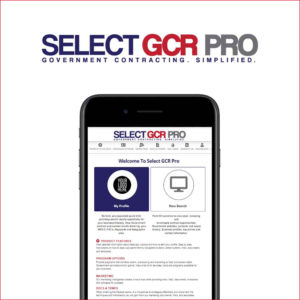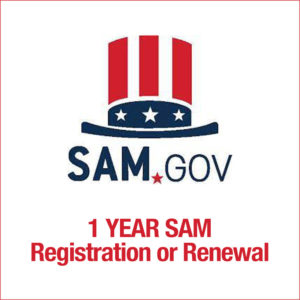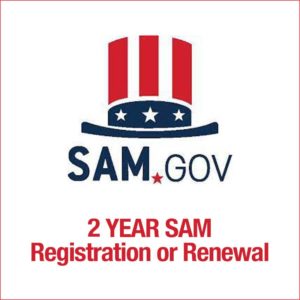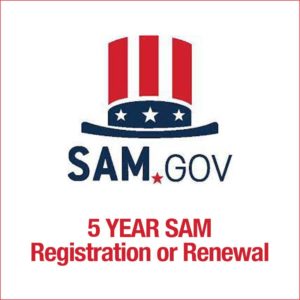Know the Basics on the FAR, a Complex Set of Rules Federal Contractors Must Follow
Federal Acquisition Regulations (FAR) are a set of rules that were established to codify policies through which federal executive agencies acquire services and supplies. When federal executive agencies use appropriated funds to make purchases, FAR is the top focus of regulatory compliance. Federal Acquisition Regulations should be a top focus for you, too, if you want to win government contracts.
This guide will give you a crash course on FAR regulations for 2021 through the following sections:
- Who controls the Federal Acquisition Regulations?
- Why learn about the FAR?
- How to use the Federal Acquisition Regulations
- A few key sections of the FAR
- Getting the most out of federal contracting
Who controls the Federal Acquisition Regulations?
While many regulations are the responsibility of independent agencies, the Federal Acquisition Regulations Systems are maintained by three agencies, which jointly issue the FAR. National Aeronautics and Space Administration (NASA), General Services Administration (GSA), and Department of Defense (DoD) procurement executives together have the authority to update and issue FAR. The regulation’s administration by this trio of agencies is mandated by the Office of Federal Procurement Policy (OFPP) Reauthorization Act.
The Federal Acquisition Policy Division performs the writing and revision of FAR. Maintaining the FAR involves establishing government-wide policies, regulations, laws, and executive orders – which are put into place deliberately and collaboratively. The Division works in concert with other agencies, especially the OFPP. Changes within the Federal Acquisition Regulations Systems are called Federal Acquisition Circulars (FAC).
Why learn about the FAR?
Here are four key reasons to learn about FAR:
- To know what responsibilities and rights you assume when you became a federal contractor.
- To know exactly what is expected of you when you engage with a solicitation.
- To know exactly what commitments you are making when you sign a federal contract.
- To prepare yourself for negotiating with the government — while understanding that the mandates of FAR are non-negotiable.
FAR can be frustrating, but following the intricate rulebook allows you to yield the numerous benefits of supplying to the federal government:
- Profit increase
- Revenue source diversification
- Company growth
- Broader networking reach.
To realize those benefits, you must maintain FAR compliance. The basic intent of FAR is the impartiality of purchasing, achieved by consistent and standardized acquisition procedures.
Typically a federal contract will cite specific FAR sections. It is very important to look over those sections and make sure you understand them to avoid unexpected accounting and legal fees.
Examples of legal provisions that are within FAR are as follows:
- How to make payments
- How to end contracts
- How to adjust work scope mid-project
- How to test, inspect, and accept deliveries of services and goods.
If you want to know exactly what is expected of you from a compliance perspective, you need to review your contract for the specific FAR citations.
A few key sections of the FAR
A few FAR regulations that deserve special attention are the following:
FAR Part 13 – Simplified Acquisition Procedures (SAP)
Government acquisition often must be performed quickly, with as much ease as possible. If you are a federal contractor, you can potentially benefit from that demand for simplicity through the simplified acquisition procedures (SAP). Winning federal contracts is easier with SAP. As a general rule, SAP can be used for all contracts up to $250,000.
FAR Part 44 – Subcontracting Policies and Procedures
You can demonstrate your ability to work with the federal government by subcontracting. If you get a federal contract yourself, you can hire subcontractors too. However, subcontractors must be approved by government contracting officers.
FAR Part 30 & 31 – Cost Accounting Standards Administration / Cost Principles and Procedures
These FAR regulations are core concerns for your accounting department in many cases. However, the Cost Accounting Standards (CAS) do not apply to all contracts or contractors. Most notably, they do not apply to contracts or subcontracts below $700,000 – the Truth in Negotiations Act (TINA) threshold.
Other exemptions include the following:
- Prices set by laws or regulations
- Sealed bids
- Firm-fixed-price incentive awards
- Awards for commercial items.
Getting the most out of federal contracting
Are you new to government contracting and concerned about the implications of FAR? At Select GCR, we recognize that taking the first steps to becoming a federal contractor can be overwhelming. Contact us today and let us guide you to success.
Connect With Us
ON SOCIAL MEDIA
Follow us to read client success stories, industry news, reviews, events and so much more!







